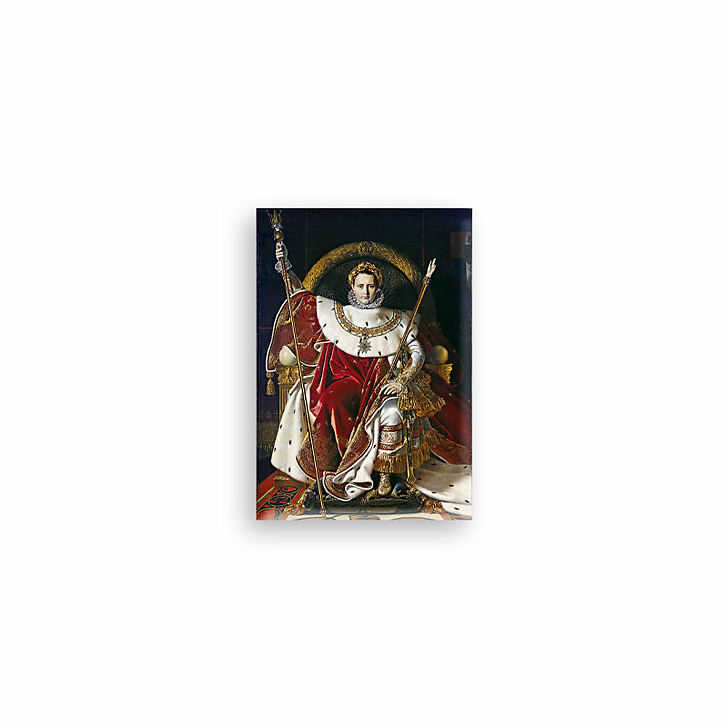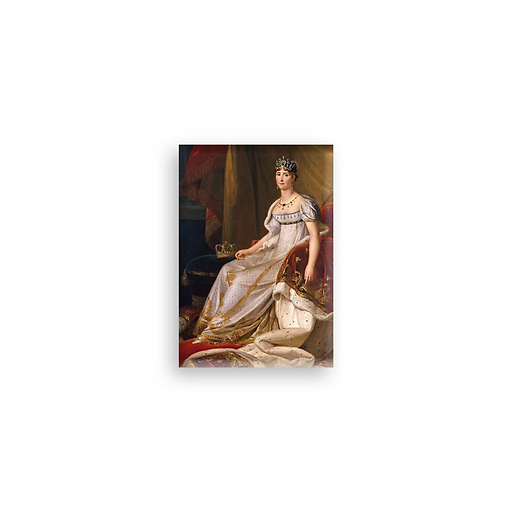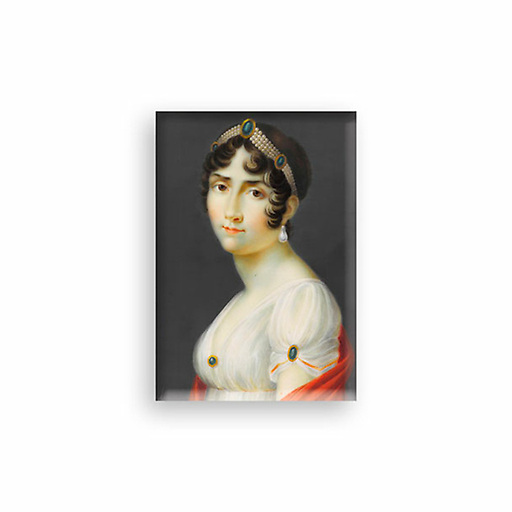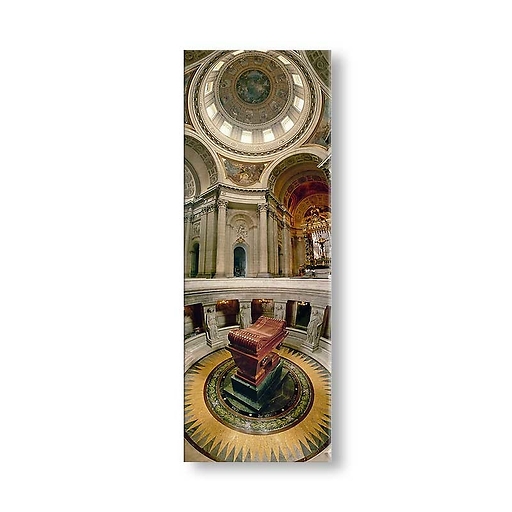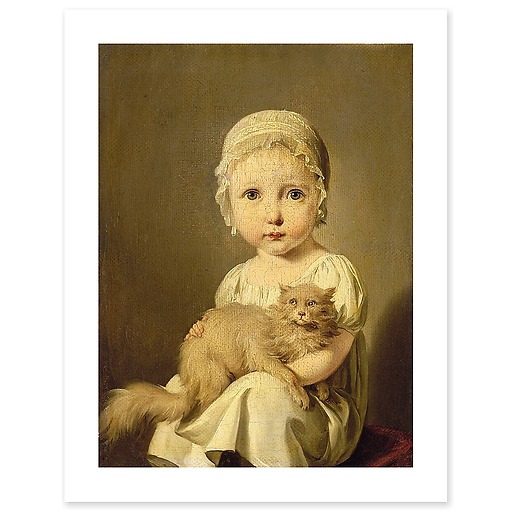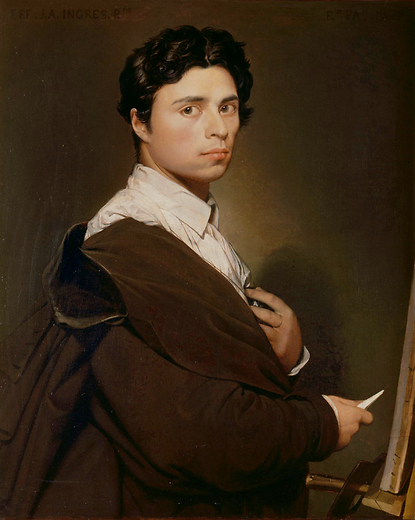Magnet Ingres - Napoleon I on his Imperial Throne
IS201467
This magnet is published on the occasion of the exhibition "Napoleon", commemorating the bicentenary of Napoleon's death, Grande Halle de la Villette from 14 April 2021 to 19 September 2021.
Jean Auguste Dominique Ingres (1780-1867)
Napoleon I on his Imperial Throne, 1806 - Oil on canvas. H. 259 ; L...
Read more
This magnet is published on the occasion of the exhibition "Napoleon", commemorating the bicentenary of Napoleon's death, Grande Halle de la Villette from 14 April 2021 to 19 September 2021.
Jean Auguste Dominique Ingres (1780-1867)
Napoleon I on his Imperial Throne, 1806 - Oil on canvas. H. 259 ; L. 162 cm - Paris, musée de l'Armée.
© Photo Paris, musée de l'Armée, dist. Rmn-GP/P. Segrette - © Rmn-Grand Paris, Paris 2021
This painting, one of the best-known representations of Emperor Napoleon I, was Ingres' second portrait of Napoleon Bonaparte. The promising young student of David, Jean-Auguste-Dominique Ingres (1780-1867), was one of several artists to receive an official commission to portray Napoleon dressed in one of the many different Coronation robes that the Emperor wore during the "Sacre" at Notre Dame de Paris in December 1804, and the portrait here is a decidedly more symbolic and formulaic depiction than the earlier portrait he had executed of the First Consul.
Close
Sold by GrandPalaisRmn
